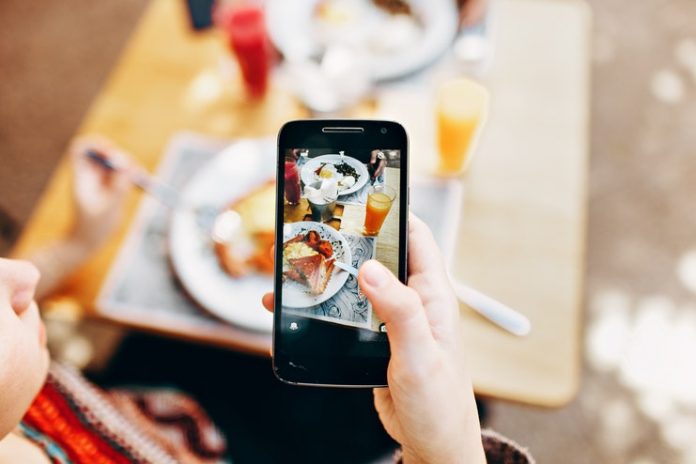
Social media connects our world, providing travelers a means to explore places and cultures before actually experiencing them. An account, hashtag, or a single photo has the power to transport, inform, and inspire travel decisions, just as a travel agent, family member’s slide show, or folded brochure did years ago.
Travel planning was once a methodical process of flipping through Lonely Planet and Rick Steves books, or sitting down with a travel agent to finalize regimented tours. These days, travelers seek information directly from their peers and associated social media accounts.
In 2017, 87 percent of millennials said they looked at some form of social media for travel inspiration and two-thirds visited a destination after seeing it on Instagram. Millennial travelers, in particular, seek out content from users they feel they can trust—whether a peer or celebrity. To them, a social post from a trusted account can often feel more authentic than a review in a magazine, and is more tangible than word of mouth.
Many hospitality and restaurant brands have turned to influencer marketing, hoping to reach millennials planning their next adventure. Influencers have the ability to come across as authentic and invoke a certain travel envy in their followers (i.e., fear of missing out). And while most Instagram users are aware that an influencer’s content may be paid, it can still feel more relatable than a Michelin Star rating.
Hospitality brands that have gained popularity for their “Gramworthy” locations are finding themselves nestled on influencers’ grids. As a result, they may experience booming success, with crowds rushing to imitate posted experiences. For this reason, many hotels have begun introducing new products and services, plus newly designed physical spaces, with Instagram in mind.
From the walls to the tabletops and even the bathrooms, owners are determined to create spaces that will invoke the perfect double-tapping photo opportunities. Steakhouse Boston Chops commissioned a $10,000 custom table with built-in adjustable lighting to assist customers in creating the perfect Instagram shot. Some restaurants have gone as far as to give Instagram kits to all their diners to inspire social documentation. It doesn’t just stop at the environment of a space—restaurants have created weird and wacky dishes, hoping their food will go viral.
Not All Good
Sometimes the battle to stand out from the competition can lead to undesired results. As with most trends, the formula is not always perfect. Restaurants and destinations have found it difficult to set themselves apart from the endless flow of increasingly monotonous shots of stacked hamburgers, banana leaf wallpapers, and P.O.V. feet/tile shots. Others have found their Instagram-induced popularity to be overwhelming and at times damaging to wildlife and the environment. Some companies find their inboxes flooded with over-the-top requests from influencers, resulting in a power struggle over expectations. Some locations have completely closed to tourists or influencers.
Communication Is Key
The nature of social media opens businesses up to public scrutiny. As mentioned above, millennials trust their peers to provide honest feedback, and social media is where they go to find this information. The visibility of both positive and negative comments means hotels must be attentive and responsive. Negative feedback left unattended reflects poorly on the property. Positive feedback must also be tended to, as customer engagement can be just as important as customer service.
Social media has dissolved the barrier between business and customer. Customer service preferences, information, and feedback is a click away. Questions and requests can be resolved with a Tweet or Facebook message, and some hotels have even introduced native apps, putting concierge services right at the fingertips of guests.
The rise of social media has fundamentally changed the hospitality and travel industries. It’s important to not just simply embrace the continued influence of social media, but to also keep up with the demanding fingers of potential guests scrolling through their feed, looking for their next travel-inspiring post.












